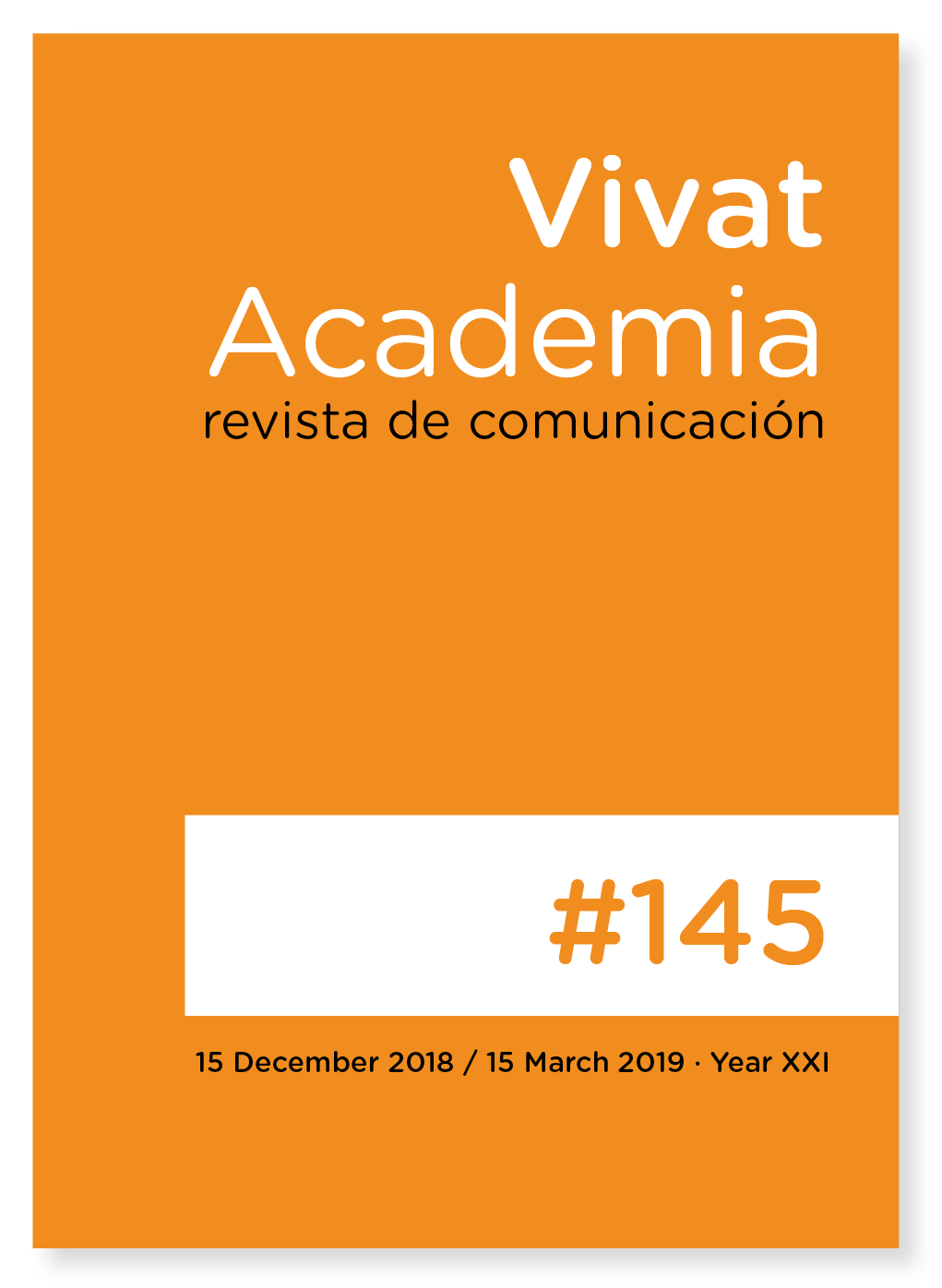The death of the enemy as spectacle: the bombing of alias "monojojoy" through the RCN-Colombia news television
Main Article Content
Abstract
Investigation of order qualitative and interdisciplinary with a content analysis, is part of a broad inquiry into the news broadcast of depletion to leading guerrillas and their transmission through the Colombian telenoticieros, promptly in this article intends to investigate do interpretative-conceptual how the RCN news television issued the scoop of the abatement of Víctor Julio Suárez Rojas alias "Monojojoy"? This analysed in the context of 50 years of armed conflict in Colombia between FARC-EP and the last two Governments: Álvaro Uribe Vélez and Juan Manuel Santos. The importance of highlighting these two leaders is due to that Uribe Vélez impulse the democratic security policy that had as its focus the increase of the security forces for the eventual elimination of the insurgent organizations. This question and mentioned a brief history allowed to develop two analytical moments: the first is the construction of the enemies of the State through the speeches of the station of RCN; and the second, the dynamic political connection between the Colombian telenoticieros and State policies as discursive source for interpreting the armed conflict.
Downloads
Article Details
The main author must deliver the letter of transfer of copyright, according to the model provided by Vivat Academia, Revista de comunicación, which declares the transfer of copyright to the journal and make explicit the rights of authors regarding the dissemination and use of the manuscript once published.
Creative Commons Attribution/Non Commercial 4.0 International
References
Balandier, G. (1994). El poder en Escena. Barcelona: Paidós.
Barwise, P. & Ehrenberg, A. (1988). Television and its Audience. California: SAGE
Bourdieu, P. (1997). Sobre la televisión. Barcelona: Anagrama.
Camps, V. (2011). El gobierno de las emociones. Barcelona: Herder.
Casey, B., Calvert, B., French, L., y Lewis, J. (2008). Television Studies. New York: Routledge
Castells, M. (2009). Comunicación y poder. Madrid: Alianza Editorial.
Dayan, D. and Katz, E. (1992). Media Events: The Live Broadcasting of History. Harvard: Harvard University Press.
Debord, G. (1995 [1967]). La Sociedad del Espectaculo. Santiago de Chile: Ediciones Naufragio.
Douglas, W. (2003). Television Families. Reino Unido: Lawrence Erlbaum Associates.
Entman, R. W. (2004). Projections of Power: Framing News, Public Opinion, and U.S. Foreign Policy. Chicago: The University of Chicago Press.
Forst, B (2009). Terrorism, Crime and Public Policy. London: Cambridge University Press
Hoskins, A y O’Loughlin, B. (2007). Television and Terror. New York: Palgrave Macmillan.
Jenkins, H. (2008). Convengersce Culture. Barcelona: Paidós.
Kackman, M. (2005). Citizen Spy. London: University of Minnesota Press/Minneapolis
Ministerio de Defensa Nacional. (2003). Política De Defensa Y Seguridad Democrática. Bogotá: Presidencia de la Republica.
Murray, E. (1991). La construcción del espectáculo político. Buenos Aires: Manantial.
RCN televisión: Emisión de noticias 7:50 am /22 de septiembre de 2010 Recuperado de https://www.youtube.com/watch?v=yk_BguY4QnI
Sassen, S. (2010). Territorio, autoridad y derecho. Buenos Aires, Argentina: Katz.
Weber, M. (2014 [1922]). Económica y sociedad. México D.F: Fondo de Cultura Económica.
Sewell, P. (2014). Television in the Age of Radio. New Brunswick: Rutgers University Press.
Shattuc, J. (1995). Television, Tabloids, and Tears. London: University of Minnesota
Shimpach, S. (2010). Television in Transition. EEUU: Wiley-Blackwell.
Thompson, J. (2001). El Escándalo Político. Barcelona: Paidos.
Tolson, A. (2008). Television Talk Shows. Reino Unido: Lawrence Erlbaum Associates.
Wayne, M. Petley, J. Murray, C. & Henderson, L. (2010). Television News, Politics and Young People. New York: Palgrave Macmillan.
Williams, R. (1974). Television. New York: Routledge Classics.





